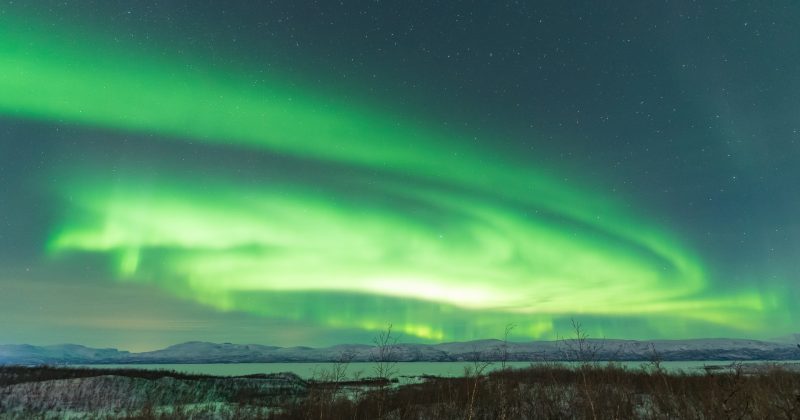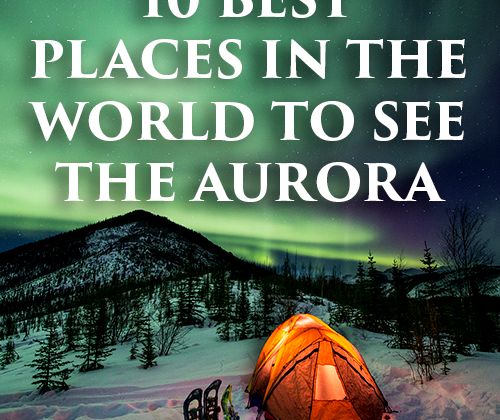Guide to Seeing the Aurora in Greenland
Greenland is a place unlike anywhere else. The world's largest island is bigger than Alaska. Yet 80% of it is covered in an ice sheet and uninhabitable. Only 56,583 people live here, giving it a population density of 0.1/sq mi. Towering mountains rise straight out of the sea among uncountable rocky islands. Some of the deepest fjords in the world stretch inland. And the purest water on Earth flows straight out of the glaciers. Icebergs are a constant presence on the coast. Stretching from a latitude of 60° all the way up to 83°, Greenland lies completely within the auroral oval. Virtually anywhere is a great place to see the celestial phenomenon. Compared with its neighbor Iceland, clear skies are much easier to come by. Well off the beaten path, Greenland should be on every adventure traveler's list. As a territory of Denmark, Greenland uses the Danish Krone and speaks Danish in addition to Greenlandic.
Icebergs stranded on a beach in...

